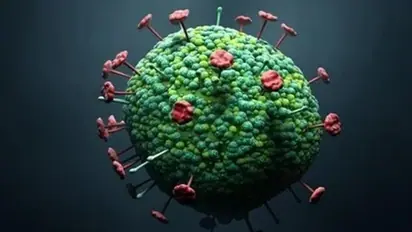Tomato flu spreading in India; What are symptoms? Know treatment, precautionary steps
Published : Aug 21, 2022, 11:48 AM IST
Despite the fact that the coronavirus and its consequences are still a major problem for the world, new reports of many outbreaks of the monkeypox virus have sparked widespread worry. The tomato flu, often known as tomato fever, has now been discovered in children under the age of five in Kerala, a southern state of India. Know its symptoms, treatment, precautionary steps and more.
Explore the latest Lifestyle News covering fashion, wellness, travel, Food and Recipes, and more. Stay updated with trending Health News, fitness tips, and expert insights to inspire your daily living. Discover personalized lifestyle trends that keep you stylish and informed. Download the Asianet News Official App from the Android Play Store and iPhone App Store for everything that adds value to your everyday life.
Read more Photos on
